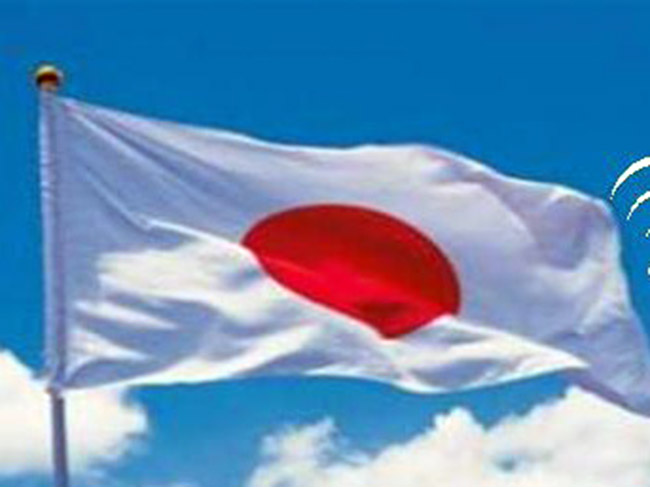Japan is one of the unique societies in the world that pay great importance to education. The introduction of a modern education into Japan, taking several Western countries as models, began in the latter part of the 19th century. The arrival of modernization in Japan was therefore comparatively late, but education underwent very rapid development within a short span of time. It happened because the socio-cultural conditions in Japan were favorable for the development of education; On the other hand, education was one the first national priority such that allocated nearly 70% of national budget. And legally, education promulgated compulsory at elementary and lower secondary levels. As a result, it did not take too long that Japan became one the great economy power and ranked as a highest quality education with Zero illiteracy in the World!
There are several factors contributed to surpass the world: firstly, for the preceding 250 years of the Edo period, during which Japan followed a policy of keeping the country closed to the outside world under the Tokugawa shogunate (1603-1868), the country enjoyed a long period of peace and social stability. Private academies (Shijuku), equivalent to secondary schools, developed and were open to all regardless of Social classes. And there were also a large number of popular learning houses called Terakoya, which concentrated on teaching the practical skills of reading and writing to the commoners. Among the merchant and the technician-worker classes, an apprenticeship system was developed. And among the people it was popular to learn the tea ceremony, flower arrangement, classical musical instruments and other traditional arts. Under these conditions, the people of Japan were able to attain quite a high level of cultural maturity.
Secondly, the socio-cultural circumstances was free of extremism tendencies thereby the educational institutions remained entirely safe of retrogressive influences. Thirdly, as a result of the feudal system and the system of social classes, the formation of a common national consciousness had been held back. However, amidst the atmosphere of crisis in the face of external pressure at the end of the Edo period, there was a strong awareness that national unity and national consciousness could be formed through education. In the process of groping to modernize the nation in the mid-19th century, a consensus was formed with the aim of abolishing the traditional class system and offering an equal educational opportunity to all people of Japan. Fourthly, near the end of the Edo period, a system that recruited people on the basis of individual knowledge and ability was introduced in place of the traditional class system. It became clear that the elite members of the society were being selected on the basis of their academic attainment. In this way, the initial conditions had been laid for the advent of a “academic-credentials society” in which employment and social status were decided on the basis of a person’s educational attainment.
Fifthly, the government employed many foreign consultants while paying them exceptionally high salaries. In the early institutions of higher education, many courses were instructed by foreign professors. At the same time, the government sent large numbers of capable students to study abroad. After studying for a number of years, they returned to Japan and in a very short space of time replaced the foreign instructors. To finance these enterprises, the government was forced to invest large amount of its available funds. Under these circumstances, the government became largely dependent on local government funds, taxes on the residents of school districts, and tuition fees for the establishment and running of elementary schools.
Moreover, Japan maintained its independence in educational policy making as it was not colonized by the super powers; it did not have the colonial legacy in the education introduced by former rulers while it was the case with many other developing countries, consequently at the time that modern educational system was introduced, Japan was able to select at will and try out various models provided by different developed countries.
Quantitatively, there are estimated 550 well-facilitated schools per one million populations in Japan comparing to Afghanistan here are estimated 300 poor schools per one million people. Japan has 23,633 elementary schools, 11,134 junior high schools, 5,450 senior high schools, 995 schools for the handicapped, 702 universities, 525 junior colleges, and 14,174 kindergartens. School attendance rate for the nine years of compulsory education is 99.98%. Private schools also receive a great deal of public funding, with the Japanese government paying 50% of private school teachers’ salaries. Other forms of funding are capital grants, which go to private schools for specific costs, including new buildings and equipment. While private schools are considered to be more competitive and prestigious than public schools, public schools still account for 99% of primary schools and 94% of lower secondary schools. There are many more private upper secondary schools, however; 23% of upper secondary schools are classified as private. Qualitatively, it is assessed that a failed student is evident to first position holders in many developed countries.
As last but not least, teachers in Japan are largely seen as respected professionals; teaching jobs attract many college graduates because teachers have higher occupational prestige, higher salaries, and generous pensions. The average salary of teachers is 7500$ but they required to renew their education personnel certificates every 10 years, after undergoing professional development to ensure that their skills and knowledge are up to date. This is why teaching jobs are very competitive, and only one out of every five to eight applicants will eventually become a teacher. On the other hand, their role is unusually productive; every teacher has to be a researcher besides being teacher. It means, if there are around two million teachers, there are two million researchers, as well.

